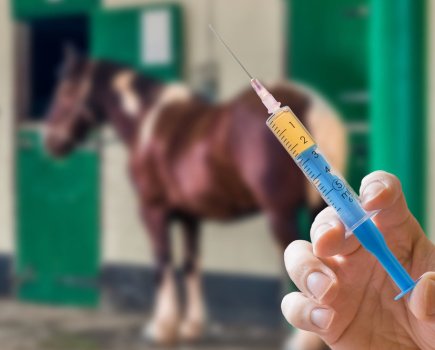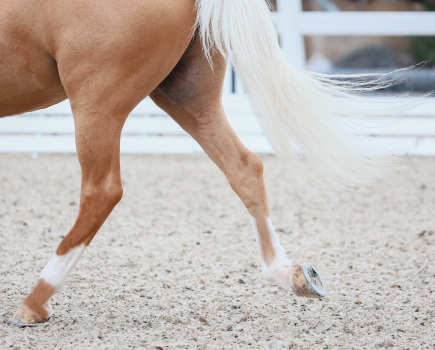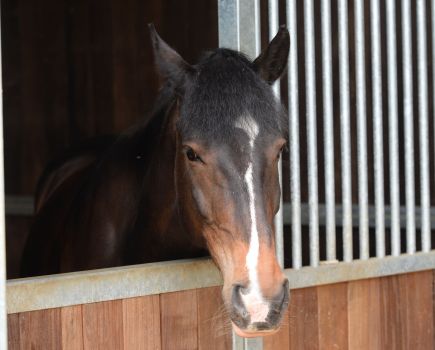Thrush is an infection of a horse’s frog, frog grooves and heel region caused by a variety of bacteria and fungi, with one particularly aggressive species of bacteria called Fusobacterium necrophorum being commonly involved. It may affect one or more feet and is more common, found in hind feet, or if you horse has deep narrow frog clefts and in the hind legs. Here vet David Rutherford explains the condition in more detail.
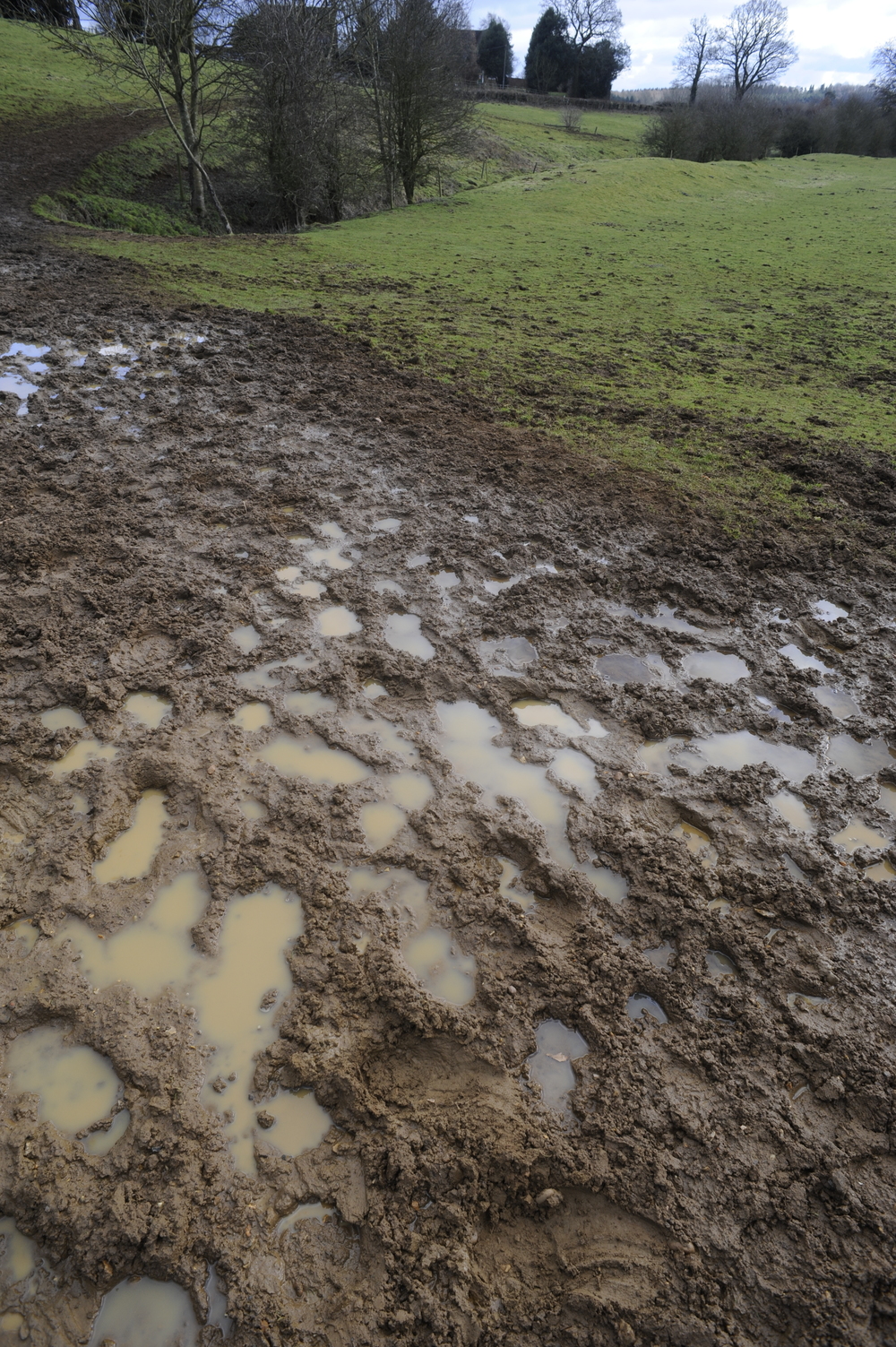
Thrush is usually (but not always) the result of horses being kept in wet dirty ground conditions
Symptoms and diagnosis
A horse with thrush may well be lame with a foul smelling, slimy, dark discharge around the frog. Pressing on the frog with your thumb often causes pain. The frog itself may be growing abnormally with loose rubbery flaps. In severe cases the bacteria may have eaten away at the frog to cause open sores into the deeper sensitive tissues. Occasionally swelling extends up the lower part of the leg to the knee or hock. The condition is usually recognised by your vet or farrier on signs alone, but occasionally biopsies are taken of the frog tissue.
Prevention
Thrush is usually (but not always) the result of horses being kept in wet dirty ground conditions, which make maintaining good hoof hygiene very difficult. The hoof and frog become soft and crumbly allowing the bacteria and fungi to penetrate and establish themselves leading to infection. Wet and muddy fields or soiled damp bedding are particular culprits with deep litter style bedding being amongst the worst. For this reason thrush is much more common in winter than summer.
Prevention is of course better than cure so picking out your horse’s feet properly twice a day and maintaining clean dry bedding is essential. It can be difficult during the wetter months but avoiding having your horse standing in a badly poached field for long periods is important. In addition, regular trimming of hooves and frog by a farrier or hoof care practitioner is important to maintain good hoof conformation and frog health. Intermittent use of a disinfectant such as iodine to scrub out the hooves about once a month would also be a good idea. It can be difficult to adequately clean the frog and clefts under and around bar shoes and impossible under sole pads putting horses who wear these shoes for other foot problems at increased risk of suffering from thrush.
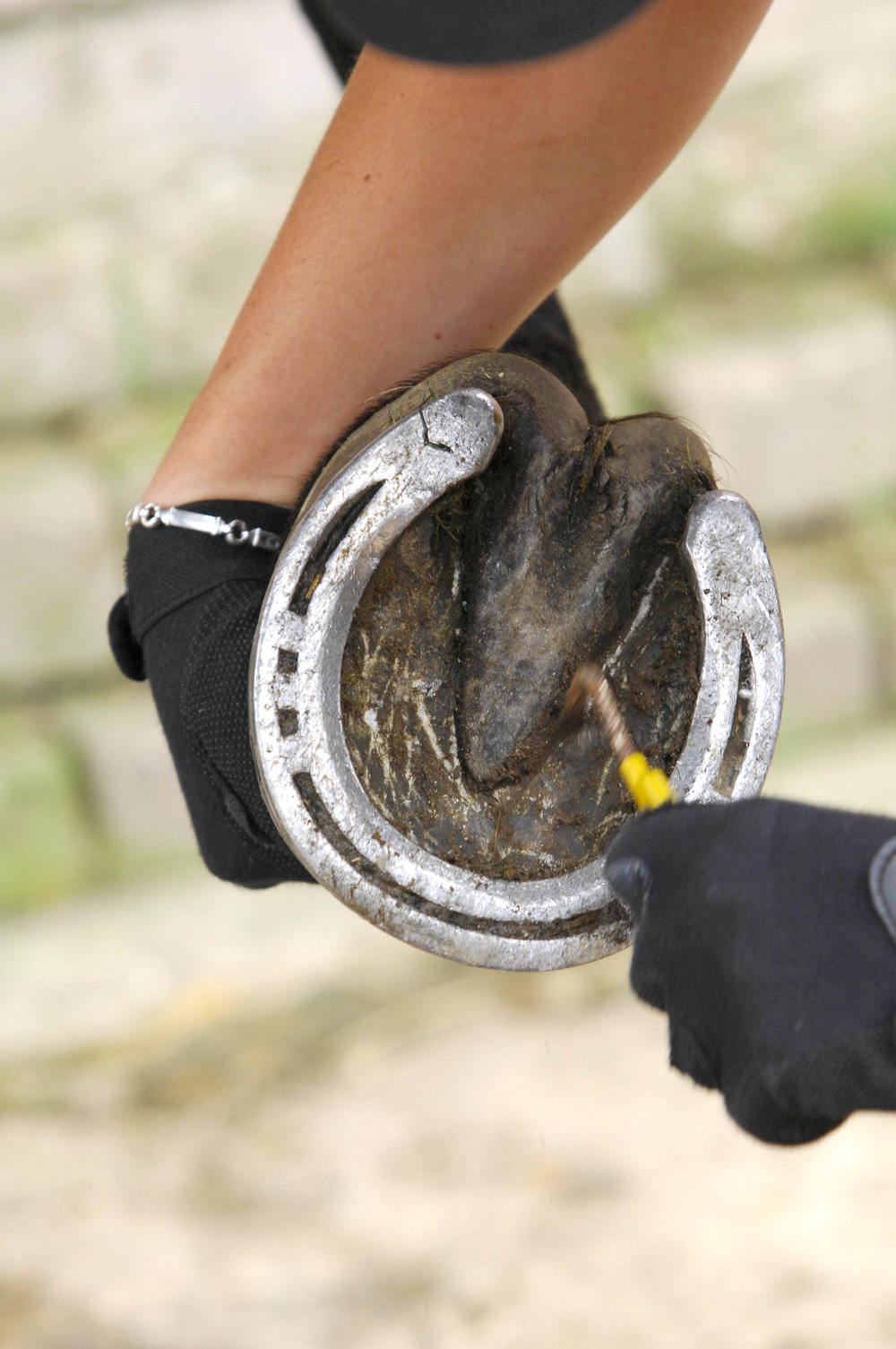
Picking out your horse’s feet properly twice a day and maintaining clean dry bedding in his stable is essential in preventing thrush
Treatment
If left untreated a thrush infection will progress and may affect the deeper structures within the foot causing serious distortion of the frog and ongoing lameness. Bar shoes and pads should be removed and the frog, its grooves and the sole trimmed and paired back to visually healthy tissue by a vet or farrier allowing air to reach the affected tissue. The foot should then be picked out carefully twice daily before scrubbing the frog and sole with dilute iodine solution. Once washed the horse should be stood on a clean dry concrete area for about an hour to allow it to dry. Finally disinfectant and antibiotic spray may be applied to the frog and sole. It is very important that the horse is kept in a clean dry stable where immaculate hygiene is maintained during the treatment period. Painkillers may be given by mouth if the horse is lame, but antibiotic powders are rarely required. Tetanus cover must be given to an unvaccinated horse. This regime should be maintained until the feet are back to normal – probably two-three weeks, but sometimes longer.
More about our expert
David Rutherford is a vet at Fellowes Farm Equine Clinic in Cambridgeshire for their help with this feature. Part of the XL Equine group, visit www.fellowesfarm.com




